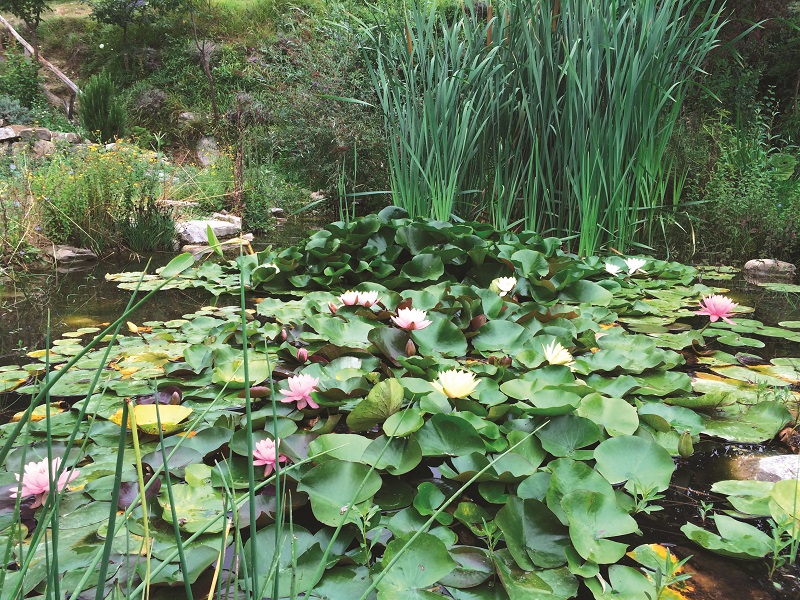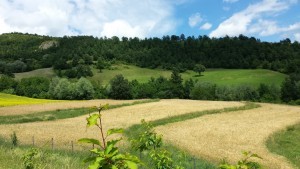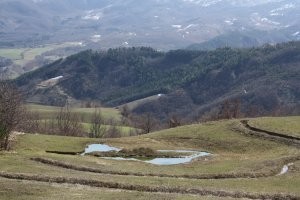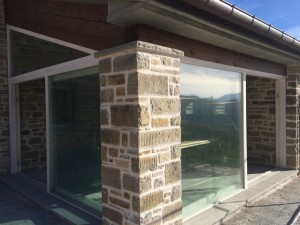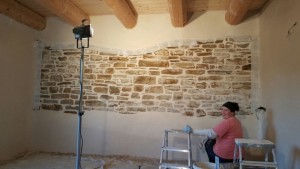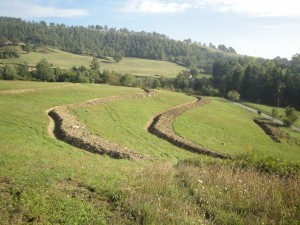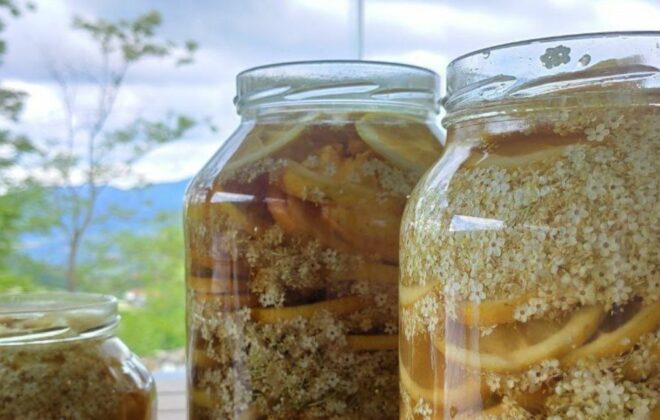Water in Permaculture
Strategies for a water-rich soil
Water covers 70% of our planet, even though we can only use a minimum part of it, since 97% of water is salted. ¾ of the 3% of fresh water are in the form of ice and 50% of the remaining water is around 700 m under the ground, enclosed in rocks and not usable. Overall, fresh water available in lakes, rivers, groundwater layers and the atmosphere represents only 0,375% of total water.
Our planet should be called “Water” instead of “Earth”.
Where there is water, there is life.
Water is precious, water is life. We’ve heard this sentence 1000 times, but I only understood its true meaning the first time I’ve been to a tropical rainforest. Huge trees, gigantic leaves, each centimeter of light covered by a thick vegetation and a non-stopping buzz of insects, birds, animals and every kind of living being. I slept few nights into this forest, in a bungalow where even the roof was covered by vegetation. It wasn’t done by purpose, in fact, every 2 years a forest with trees grows on the roof thanks to the constant work of birds, insects and animals that transport organic matter and seeds. Periodically, the owner had to remove the ground and the organic matter in order to avoid the roof to collapse for excess of weight. In the rain forest everything is accelerated, nature is hectic. On the contrary, in a desert, plants struggle to grow, 10-year-old plants might look like very young plants, life in general is very slow and frugal. Before the spread of fossil fuels, man have always lived and thrived near water.
Cities and populations that made history have always lived closed to a water course, a lake or the sea, as it would have been too difficult staying away from this primary source of life.
Water and Permaculture
In Permaculture water design and management play a fundamental role. Agriculture, vegetable gardens, and gardens are sadly known for requiring great quantities of water in order to have good productions. This happens not because plants really need so much water, it’s due to conventional farming design, which doesn’t create the conditions for a uniform distribution of water and soil humidity. In a permaculture project, the aim is creating vegetable gardens and gardens that can survive to difficult climate conditions, also with no irrigation nor maintenance. In order to manage water in a good and smart way, it’s necessary putting into place strategies that increase soil drainage, rainwater storage for a future use and that address water where there is more need. This will help the vegetable garden or garden to survive not only drought, but also excessive rains.
5 strategies for storing water
“The cheapest place where storing water is the ground”
Besides obvious places like lakes and ponds, water in nature gets stored in plants, in the air and in the ground. On the basis of this observation, it’s possible to device strategies for storing water in your vegetable garden or garden.
- The first strategy is getting a high content of organic matter in your soil, the famous “humus”. Humus acts like a sponge and it can keep a huge amount of water. Studies show that a soil with 2% of organic matter can reduce water need by 75% compared to a soil with 1%. Moreover, it increases soil fertility, it stores nutrients, it improves soil vitality and it makes soil softer. A good layer of humus is one of the main targets of those who design following Permaculture principles.
- The second strategy is to always keep the ground covered with much. Mulch can be made with straw, leaves, hay (without seeds), stones, woodchips, sawdust, seaweeds, cardboard or other organic materials we have available. Thanks to mulch we reduce water evaporation from the soil, we cool the ground because it’s not in direct contact with sunlight, we improve fertility, increase soil life and limit the grow of spontaneous herbs.
- The third strategy is placing plants according to their water need. This could be given for granted, but you should be able to “read” your plot of land in order to determine which areas are the most humid or dry and then place each plant in the most suited area. In this way, we will put much less effort into irrigation and our plants will survive drought. In general, if the place is dry we will chose plants that only need little water and vice versa. Moreover, we will place those plants that need water most, close to taps or drainpipes. If you are not able to determine which is the most humid point of your garden, you could try to observe where grass grows greener during drought.
- The forth strategy is planting very densely in order to keep the soil always shady. This reduces evaporation, keeps the soil fresher, leaves no room for spontaneous herbs and increases productivity.
- The fifth strategy is by far the most difficult and dangerous, but surely it’s the one that can offer the most significant results. It involves changing the land topography through swales, ponds and terraces in order to guide water where we want to, avoid erosion and collect and store water. Secondary benefits are often visible to the naked eye: humus and edges increase, as well as biodiversity.
Each of these strategies will increase water and humidity of your field and obviously the outcome will be even greater by applying all of them.
Newsletter
ARGOMENTI
- Activities (8)
- Attività (10)
- Attrattive (16)
- Cosa fare (22)
- Farm products (4)
- Fattoria dell'autosufficienza (39)
- Fattoria dell'autosufficienza (51)
- Fauna (8)
- Flora (5)
- I nostri modelli (14)
- Istruzioni per viaggiare (2)
- News (63)
- News (96)
- Our models (14)
- Permacultura (30)
- Permaculture (23)
- Prodotti della fattoria (4)
- Senza categoria (4)
- Senza categoria (2)
- Things to do (22)
- Tourist attractions (15)
